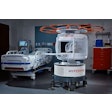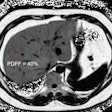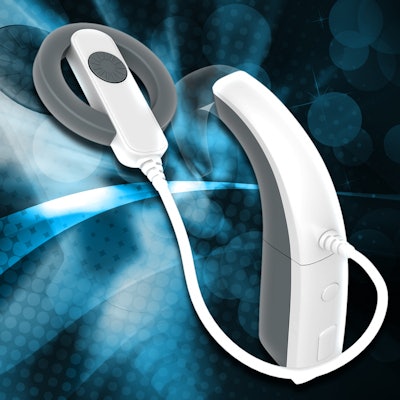
U.S. and Chinese researchers have developed a machine-learning algorithm that analyzes MRI brain scans to predict how well deaf children may be able to develop language skills after receiving a cochlear implant, according to a study published online January 15 in the Proceedings of the National Academy of Sciences.
The algorithm is designed to use artificial intelligence (AI) to examine the correlation between brain structure and language development. If successful, the tool could also have considerable benefits for children with other developmental issues.
"We used MRI to capture these abnormal patterns before cochlear implant surgery and constructed a machine-learning algorithm for predicting language development with a relatively high degree of accuracy, specificity, and sensitivity," said co-senior author Patrick Wong, PhD, a cognitive neuroscientist, professor, and director of the Brain and Mind Institute at the Chinese University of Hong Kong, in a press statement.
Children born with significant hearing loss often receive a cochlear implant instead of a hearing aid to develop listening and language skills at a young age. While the implant helps them better understand and develop their speech, some children still lag behind their same-age peers.
"Our goal is to eliminate the gap in language outcomes often found when children with hearing loss are compared to those with normal hearing," said study co-author Erin Ingvalson, PhD, an assistant professor at Florida State University.
The ability to predict language development allows clinicians and educators to intervene with therapy for children who are at an auditory disadvantage.
The study provides "clinicians and caregivers with concrete information about how much language improvement can be expected given the child's brain development immediately before surgery," said co-senior author Dr. Nancy Young, medical director for audiology and cochlear implant programs at Lurie Children's Hospital of Chicago. "The ability to forecast children at risk is the critical first step to improving their outcome. It will lay the groundwork for future development and testing of customized therapies."
The information from the algorithm could help clinicians tailor therapy to the individual child's situation, according to the researchers. In addition, research is underway to predict the development of language in children with other conditions.
"Since the brain underlies all human ability, the methods we have applied to children with hearing loss could have widespread use in predicting function and improving the lives of children with a broad range of disabilities," Wong said.


.fFmgij6Hin.png?auto=compress%2Cformat&fit=crop&h=100&q=70&w=100)
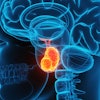
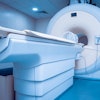
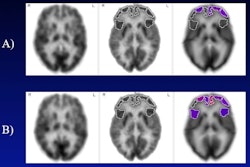


.fFmgij6Hin.png?auto=compress%2Cformat&fit=crop&h=167&q=70&w=250)






